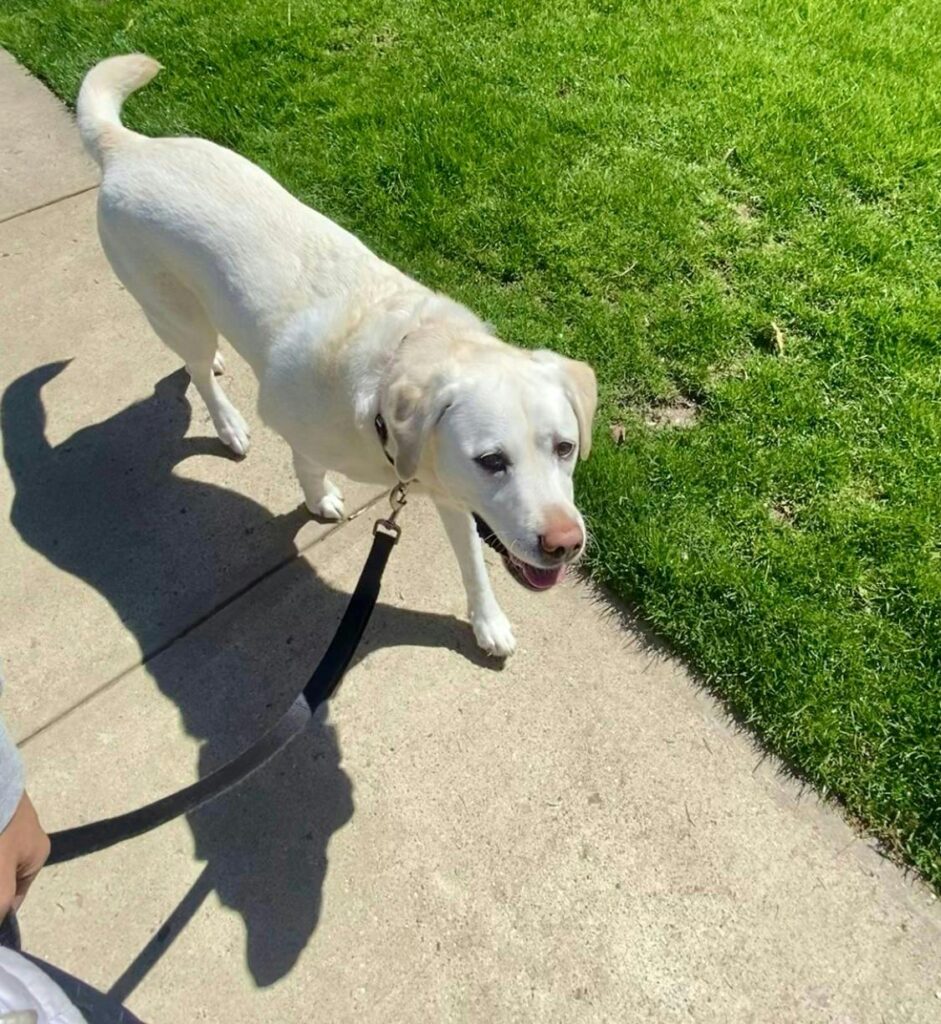Welcome to Your Guide
on Parenting Comfy Pets!
Comfy News 🐾 back to basics
April 30, 2024
I know it might sound silly but a “successful” dog walk does entail a specific skill set.
As a professional dog walker and pet sitter, I know a thing or two about this.
So I want to share 6 basic tips I’ve learned along the way that I really think any dog parent (and even non-dog parent) can implement.
Whether you’re walking a dog or near a dog being walked, these are easy ways to ensure a calmer, accident-free, and enjoyable experience for everyone.

Many of these can also work together:
- Stay Alert! Yes, unfortunately this includes putting your phone away. It’s very important to be aware of your surroundings at all times. This includes the physical route, people or dogs you may encounter, and what your dog is doing. The more alert you are during the walk, the better prepared you’ll be to react should anything happen.
- Carry food or a toy. Whether your pup is food or toy motivated, find something that can easily distract your pup in a pinch. It can be one dog cookie you break up into smaller pieces, a cheese stick, a small squeaky toy, or a tennis ball. There are countless situations where this technique could help you and your pup.
- Keep your distance. Whether it’s with client dogs or my own, I have a pretty strict “no leash greetings” policy. Many of you have heard me say this before. There are too many factors at play that could cause a leash greeting to end badly: for example what mood myself, my dog, the other walker, or the other dog are in at that particular moment and place. If you see another person or dog at a distance (because you’re staying alert 😜), you can create distance by either crossing the street or going in the opposite direction.
- Keep it moving. I see this many times: if your pup is reacting to a person or situation, try not to stand there and instead walk away as quickly and safely as possible. In that moment and for whatever reason, your pup is already over threshold and has heightened emotions. There’s nothing you can do except remove them from the trigger so they can reset.
- Use your surroundings. I’ll oftentimes use a parked car, tree, or my own body as a visual blocker. If you know your pup is reactive, visually blocking an oncoming object that may trigger a reaction is a simple and effective method to keeping your pup’s emotions neutral.
- Let. Them. Sniff. It’s so upsetting to see people not paying attention and constantly yanking their dogs when they’re trying sniff. There are SO many physical, mental, and emotional benefits of sniffing for dogs. One not-so-well-known fact is that sniffing actually encourages them to pee and poop!
I hope you’ll try one of these out on your next walk. Let me know how it goes!
Stay Comfy,
Tanya